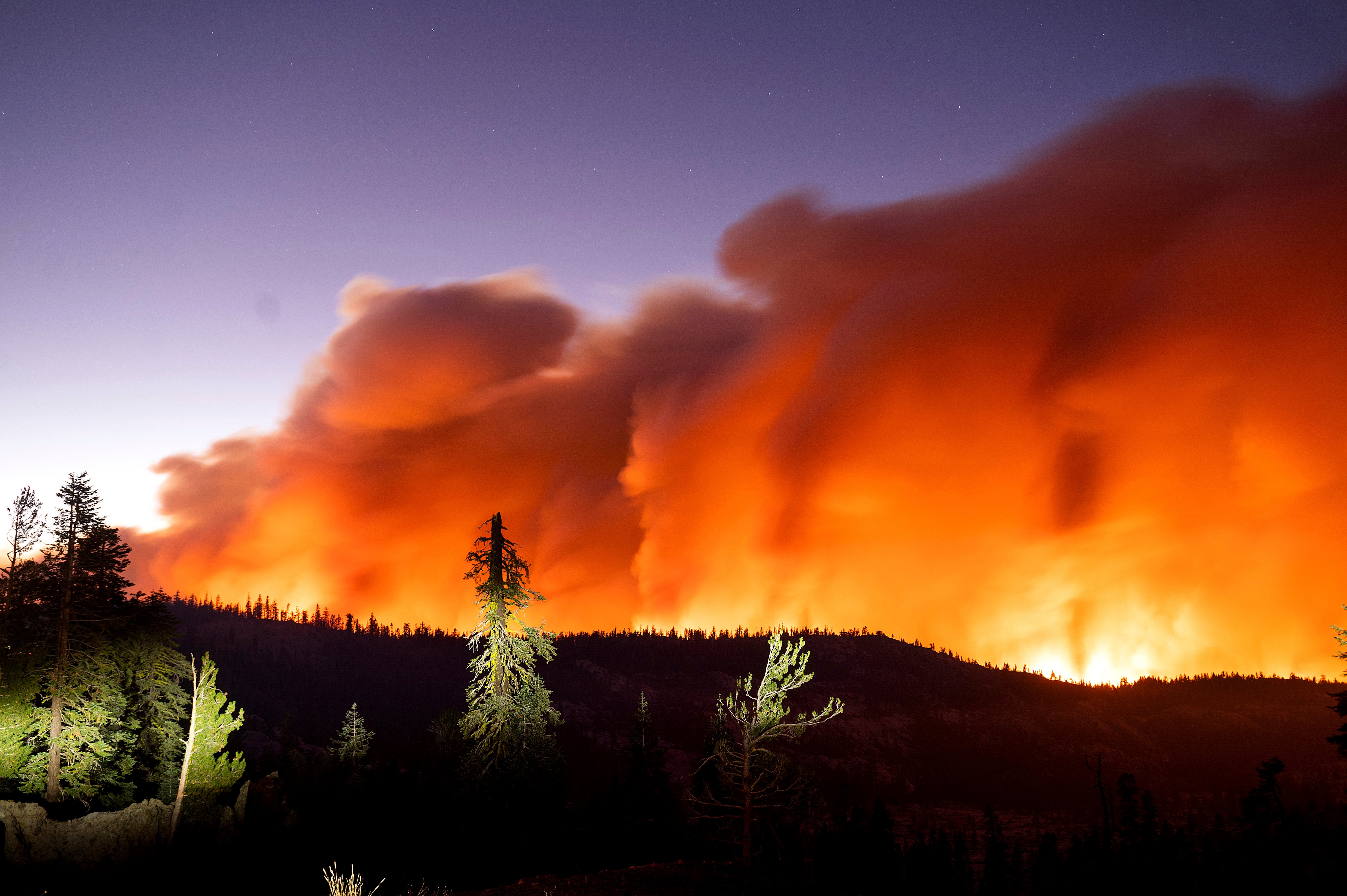Fire that threatened Lake Tahoe region is now 100% contained
The 2-month-old California wildfire that threatened the Lake Tahoe resort region over the summer has been declared 100% contained

Your support helps us to tell the story
From reproductive rights to climate change to Big Tech, The Independent is on the ground when the story is developing. Whether it's investigating the financials of Elon Musk's pro-Trump PAC or producing our latest documentary, 'The A Word', which shines a light on the American women fighting for reproductive rights, we know how important it is to parse out the facts from the messaging.
At such a critical moment in US history, we need reporters on the ground. Your donation allows us to keep sending journalists to speak to both sides of the story.
The Independent is trusted by Americans across the entire political spectrum. And unlike many other quality news outlets, we choose not to lock Americans out of our reporting and analysis with paywalls. We believe quality journalism should be available to everyone, paid for by those who can afford it.
Your support makes all the difference.The 2-month-old California wildfire that threatened the Lake Tahoe resort region over the summer has been declared 100% contained, officials said.
The fire, which scorched more than 346 square miles (896 square kilometers) of the Sierra Nevada and burned hundreds of homes, reached the milestone late Wednesday, according to a report from firefighting officials.
Storms this week covered the western side of the fire in snow, rain fell on the eastern side and stronger storms are expected throughout this week. The fire is expected to continue smoldering long into the winter, authorities said.
The fire was reported Aug. 14 and destroyed 1,000 structures including more than 770 homes as it marched toward the tourist destination community of South Lake Tahoe, which was spared. Many of the homes that were destroyed were in the small rustic forest community of Grizzly Flat.
Elsewhere in California, in the northern Sierra Nevada and southern Cascades mountain ranges, the gigantic Dixie Fire was 97% contained as of late Wednesday.
That wildfire became the second-largest in the California's recorded history as it raged across 1,505 square miles (3,898 square kilometers), destroying more than 1,300 structures including nearly 700 homes. It was formed by fires that broke out July 13 and July 22 and merged into one.
Drought in the West tied to climate change is making wildfires harder to fight. Scientists say climate change has made the West much warmer and drier in the past 30 years and will continue to make weather more extreme and wildfires more frequent and destructive.